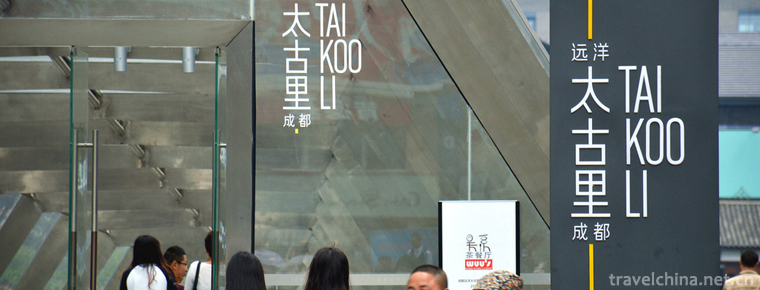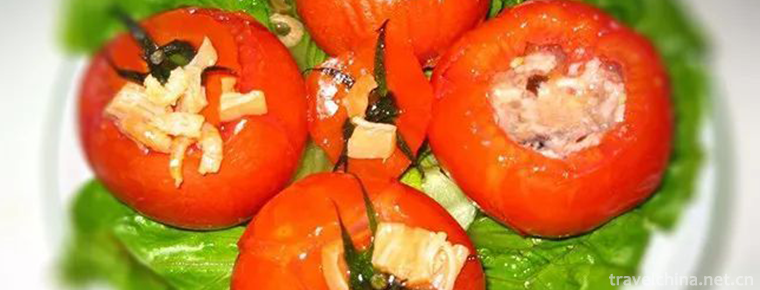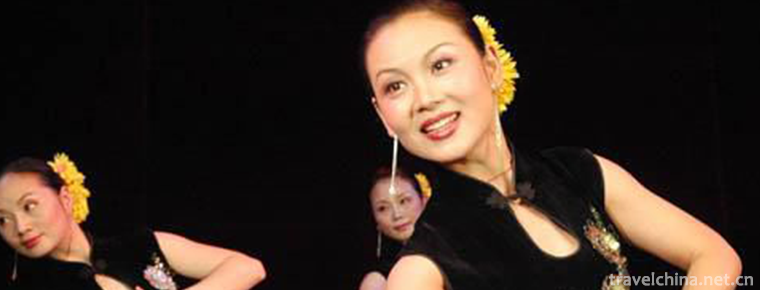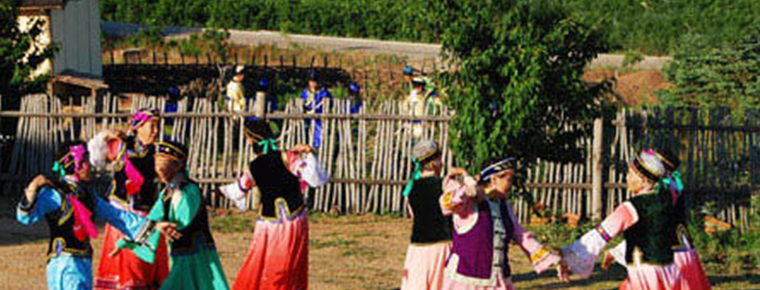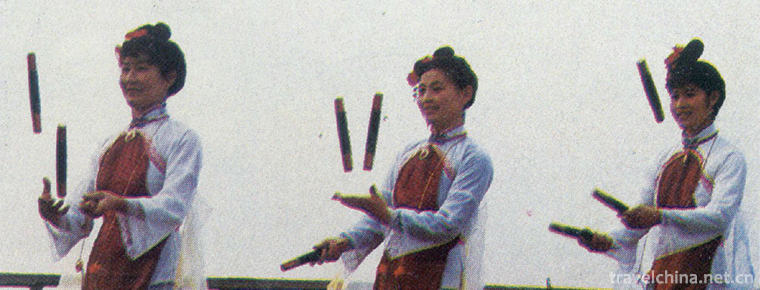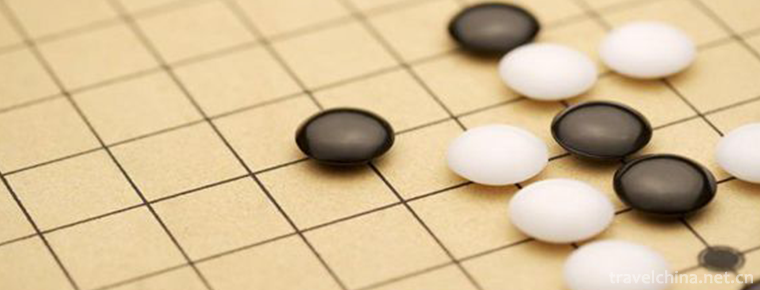Ningbo Mud Golden Paint
Ningbo Mud Golden Paint
Ningbo mud gold paint is a local traditional lacquerware process in Zhejiang Province. Chinese raw lacquer is the main raw material. Raw lacquer, also known as big lacquer and real lacquer, is called the king of lacquer abroad. Old lacquer workers say that raw lacquer is "white as snow, red as blood, black as iron". Natural lacquer is milky white, becomes blood red when it meets air, and finally forms a black film, which achieves the characteristics of wear resistance, corrosion resistance and brighter as it gets older. Therefore, the handicraft products made of raw lacquer still have its glory after thousands of years of cold and heat.
On May 23, 2011, Ningbo Mud Gold Paint was approved by the State Council to be included in the first batch of national intangible cultural heritage list.
Lacquerware Technology
Clay gold paint, one of the "three gold" in Ningbo traditional craft, is a lacquerware craft characterized by the combination of mud gold technology and color paint technology. When the Ming and Qing dynasties reached their peak, textual research "Zhejiang Tongzhi" recorded. Now only Ningbo County Ninghai and Ningbo Jiangbei Cicheng still retain this traditional handicraft .
Method of making
The clay gold paint is mainly made of Chinese raw paint and gold foil. The production methods are divided into three categories: mud piling (moulding), "leaching powder" and "mud gold painting". They can be manufactured separately by one technology or combined into a product with rich technology. Mud piling is the most unique process of mud gold paint. It is a "addition" on the plane - manual moulding. Artists pound raw lacquer, tile ash or oyster ash in a certain proportion to make lacquer mud, pile up landscape, flowers and birds, figures, pavilions and other decorations on the embryo of wooden tire lacquer, and then paste gold and color on the pile. This work procedure is complicated and has many essentials. The handicraft is elegant, simple and colorful, which has the lingering charm of Han and Tang carving art.
Clay and gold paints are closely related to the life of local people. Its variety is rich, large and sleeping beds, cabinets and other indoor furniture, small to buckets, fruit boxes, hat buckets and other living appliances, reflecting people's living habits and customs. Ningbo now preserves furniture and living utensils of Ming and Qing Dynasties and the Republic of China. The mud and gold paints of Ningbo are as bright as new, which shows the exquisite handicraft of that year.
historical origin
From the Republic of China to the early days of the founding of New China, clay and gold paints were still popular among the people in Ningbo. At the first national arts and crafts exhibition held in 1953, the works of Shuanglong bucket, rice pelvis and powder struggle in Ningbo clay and gold paint were praised by experts. Some artists wrote highly of their artistic achievements and published pictures to introduce them, which had a great influence. Since then, it has won a reputation in many exhibitions at home and abroad. In the early 1970s, it was also brilliant, and its products were exported to the United States, Singapore and other places. With the change of modern people's life style and concept, it has lost its own survival market. Up to now, only a few artists in Ninghai County are making, and there are few artists in other places.
The "clay gold" technology can be traced back to Shang and Zhou Dynasties at the earliest. Ningbo is located in the Southeast coast, where rich products and skilled craftsmen come into being. Lacquer craft is very famous here. There are few ancient clay and gold paints handed down in Ningbo, but the style of making preserved clay and gold paints and lacquer paintings in Ningbo Ming Dynasty is similar to that of "Yu as a sacrificial vessel, besides black dyeing, Zhu Painting inside" in Han Feizi. From the production techniques of Ningbo clay and gold paint, we can see that there are similarities between the inner vermilion paint and the outer black paint on gold-painted wooden body lacquerware unearthed from the Han tomb. The red wooden-tyred lacquer bowls unearthed at the site of Hemudu 7,000 years ago are similar. Ningbo clay gold paint is officially recorded in the Ming Dynasty. "Zhejiang Tongzhi" cloud: "Ningbo clay gold lacquer, gold lacquer paints are well-known at home and abroad in the year of Daming Xuande. It can be seen from this that the clay and gold paints have formed the peak period of production in the Ming Dynasty, which has been more than 550 years since Ming Dynasty.
Jianzhen, a prominent monk in the Tang Dynasty, also brought from Ningbo clay and gold works such as Buddha statues, living utensils and architectural lacquer decorations, which had a great impact on the development of Japanese folk lacquer art.
Production techniques
The production techniques of mud gold paint can be divided into three types: floating flower, flat flower and sunken flower. On the lacquer film of raw lacquer, various landscapes, flowers and birds, figures, pavilions, and composition layout are ancient and elegant, and there is quite a relic of bronze carving in Han and Tang Dynasties. Called "Floating Flower", it is made of vermilion clay, similar to the carving paints of Beijing and Yangzhou in appearance, but Beijing and Yangzhou use knives to remove the paint film and form the pattern, which is called "picking red". Ningbo uses layer-by-layer moulding, known as "heaping red", if the sludge does not add red powder, it is black-grey. The cement used for moulding is tampered with tung oil, clay or flour, shell lime or lime in a certain proportion. It is made of hand rubbing but not sticking, pressing but not dispersing. After several days and months, the surface of the moulded cement is gradually hard as stone, not deforming or cracking, and can be pasted with gold and colored. Moreover, the moulding can also be made of pottery and wood, which is not only labor-saving, but also very decorative and interesting. The so-called "flat flower" refers to the pattern drawn under the transparent paint film. The process techniques of "flat flower" and "sunken flower" include sticking gold, applying color, covering paint, polishing, drawing gold, leaching powder, pulling Zhu, decorating mica Luodian, rain and snow, placer gold, grinding gold, clay gold, fine gold, etc.
Ningbo clay gold paint not only inherits the excellent tradition of Chinese ancient lacquer craft, but also develops its own lacquer craft, forming a distinctive style of traditional lacquer craft.
Inheritance Significance
As an important part of national culture, folk crafts are the cornerstone of national culture. Their value is embodied in rich cultural implications, distinct national spirit and unique artistic aesthetic significance.
Only Ninghai County inherits this traditional handicraft. The government of Ninghai County attaches great importance to and actively rescues the traditional treasure of mud-gold paint. It organizes the inheritors of mud-gold paint represented by Huang Cailiang, the president of Ningbo Oriental Art Works Co., Ltd. in an effort to restore and excavate the lost traditional production technology, and lists the technology of applying for Ninghai mud-gold paint in the national intangible cultural heritage list .

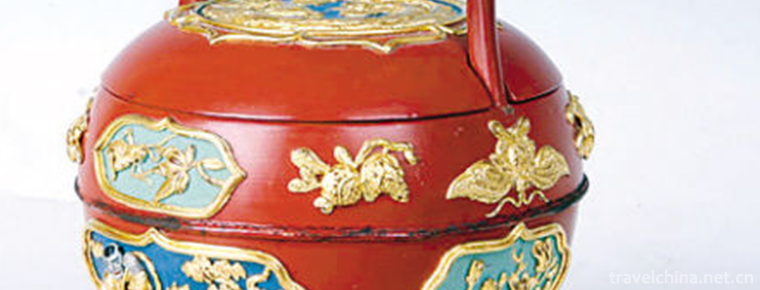
-
Eight treasures tomato
Blanch the tomatoes with boiling water, peel them off, dig a round piece along the pedicle one week, remove the seeds and wash them. Cut all the accessories into small dices, mix shrimps and meat with.
Views: 266 Time 2019-03-25 -
Changde silk string
Changde Silk String is a traditional local music popular in the Yuanjiang and Lishui areas of Changde, Hunan Province. At the end of Ming Dynasty and the beginning of Qing Dynasty.
Views: 148 Time 2019-04-16 -
Daur Ruzhigle Dance
"Luzhigle" is a representative folk dance of Daur nationality. It varies from place to place, including "Alhambo", "Langtudabe", "Hakumai", "Hagen Melger&q.
Views: 104 Time 2019-04-22 -
Lv Opera
Lv Opera, also known as masqueraded Yangqin and Qinxi Opera, National intangible cultural heritage, one of the eight major Chinese operas, Shandong's most representative local operas, is popular in mo.
Views: 149 Time 2019-05-15 -
Three stick drum
Sanwanggu is a kind of folk singing form widely spread in Youyang of Chongqing, Yongshun County of Longshan County in Western Hunan, Zhangjiajie and Wuyang, Tianmen and Enshi Prefecture in southwester.
Views: 299 Time 2019-06-12 -
The game of go
Go is a strategic two-player game. It was called "game" in ancient China and "Go" in the West. Popular in East Asian countries (China, Japan, Korea, Korea), is one of the four arts.
Views: 283 Time 2019-06-26 -
Sichuan Agricultural University
Sichuan Agricultural University is a national "211 Project" with the characteristics of biotechnology, the advantages of agricultural science and technology, and the coordinated development .
Views: 400 Time 2019-08-31 -
Anhui Agricultural University
Anhui Agriculture University is located in Hefei, capital of Anhui province. Center Urban area Key universities in Anhui By Ministry of agriculture and rural People's Republic of China State Forestry .
Views: 189 Time 2019-10-10 -
Jiushi Scenic Area
Jiushi scenic area is located in Anning Township, Longmatan District, 8 km away from Luzhou city. It is named after the nine peaks in the scenic area, which are shaped like lions..
Views: 159 Time 2020-10-15 -
Langmu Temple
Langmusi town is a small town under the jurisdiction of Luqu County, Gannan Tibetan Autonomous Prefecture, Gansu Province, and Ruoergai County, Aba Tibetan and Qiang Autonomous Prefecture.
Views: 144 Time 2020-11-07 -
Jianmen Shu Road
Jianmen Shudao is one of the first batch of national scenic spots, with jianmengguan as the core, starting from Ningqiang, Shaanxi in the north and Chengdu in the south, with a total length of 450 km. The culture of the three kingdoms along Jianmen Shu Road is profound. Pang Tong, Jiang Wan, Jiang Wei, Deng AI,.
Views: 199 Time 2020-11-08
